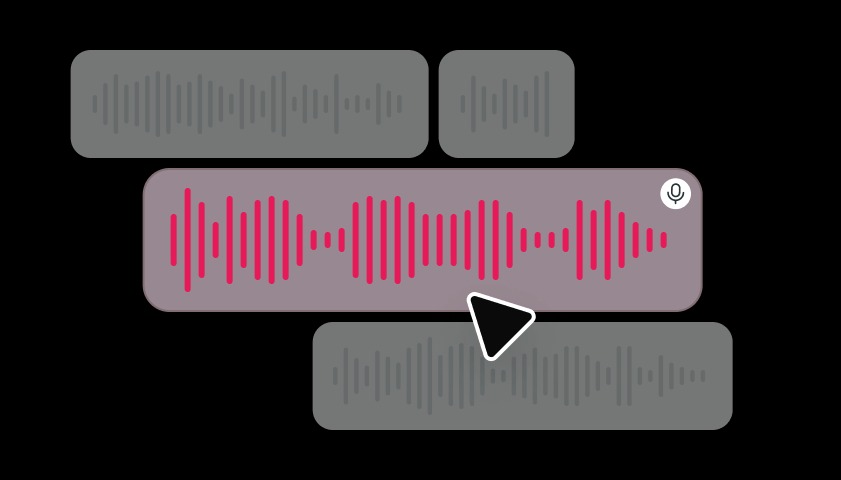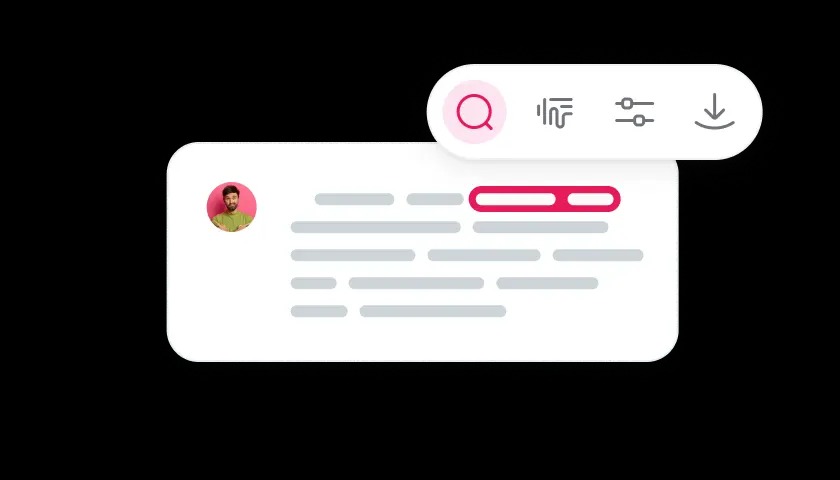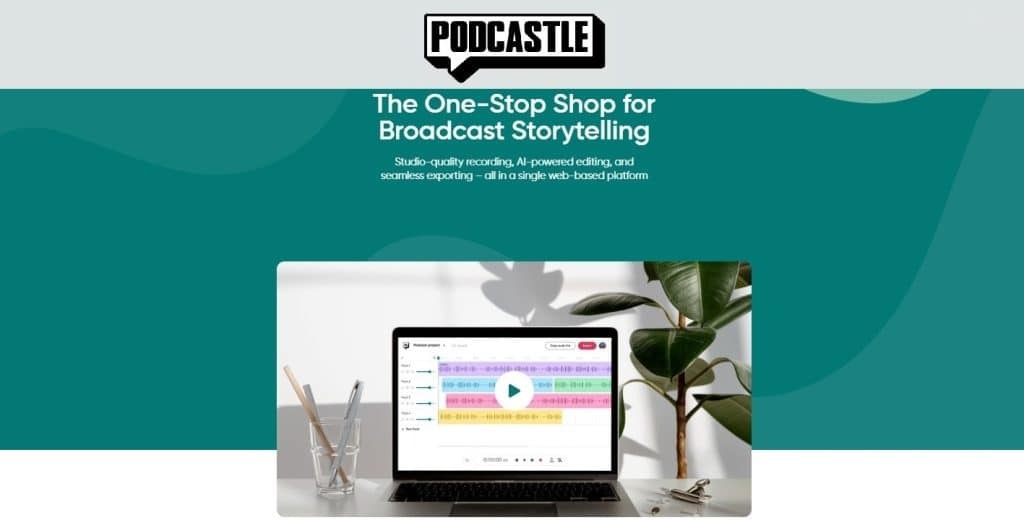For content creators and professionals, this means getting bogged down in unintuitive user interfaces, endless hours of cleaning recordings and a steep learning curve, all of which present persistent challenges that many audio editing tools struggle to overcome.

It is safe to say that overcoming these obstacles can actively prevent new voices from entering the field. Given this problem, several content creation platforms have begun to develop innovative solutions based on artificial intelligence.
One of them is Podcastle, an AI-based digital content creation suite that recently introduced a new feature aimed at solving long-standing content creation problems. Many developers find it difficult to effectively translate their ideas into sophisticated scripts. Podcastle’s text editor does just that, streamlining the writing process for podcasters and content creators.
Text mode uses text-based editing technology to greatly streamline the editing process. But how does it work and what does it mean for content creators? Let’s dive in.
What is text editing?
Podcastle Text editing is a completely new approach to audio manipulation that allows editors to edit audio content as if it were written text.
This technology means that content creators no longer need to manually browse audio recordings to find specific sections. Instead, you can search for keywords or phrases in a transcript, which allows you to immediately find the exact audio segments that you need to edit.
The basic concept is simple but powerful: convert the Audio to text, edit the text, and have these changes automatically played back in the audio file.
How does text editing work?
Podcastle’s text mode simplifies the process in a few simple steps:
1. Upload or save your audio file to the platform.
2. The AI will automatically generate an accurate transcription of your audio.
3. Edit the transcript as a text document – delete, add, or rearrange the content.

4. When you edit the text, the AI synchronizes these changes with the audio file in real-time.
5. Switch between text editing and waveform editing as needed, with all changes displayed in both views.
Advantages of text editing
For content creators and those who execute internal communication content, text editing offers significant advantages over traditional audio editing methods:
You can quickly find specific content without having to manually browse the audio files.
Make changes at the word or phrase level to ensure that your message is delivered exactly as expected.
The text-based user interface makes editing more accessible to those who are not familiar with the complex editing practices of Audio software.
Text-based editing allows you to switch between text editing and waveform editing depending on your editing preferences and requirements.
Simply insert new content with additional AI tools, including AI voices, without re-recording entire sections.
The above advantages allow content creators to quickly refine interviews and audio clips, potentially cutting processing time in half. Whereas in the business world, professionals can develop and update training materials, presentations and reports more easily.
Impact on the Industry and Future impact
The introduction of Podcastle’s text mode feature, as well as other AI-based platforms with similar technology, represents a significant advance in audio editing, with potential implications far beyond the platform itself.
Industry experts consider text editing to be a revolutionary Innovation. For example, the Hollywood Professional Association awarded Adobe Premiere Pro’s text editing technology for technical excellence. For content creators working with Audio and video content, Podcastle’s text editing is ready to transform the editing process, allowing users to easily cut out filler words and make corrections directly in the text, streamlining the entire editing workflow.

However, the impact of this technology goes beyond Podcasting or content creation. In journalism, text-based audio editing could streamline the production of radio news and audio reports. Meanwhile, corporate communications teams could improve the production of internal training materials and Podcasts.



